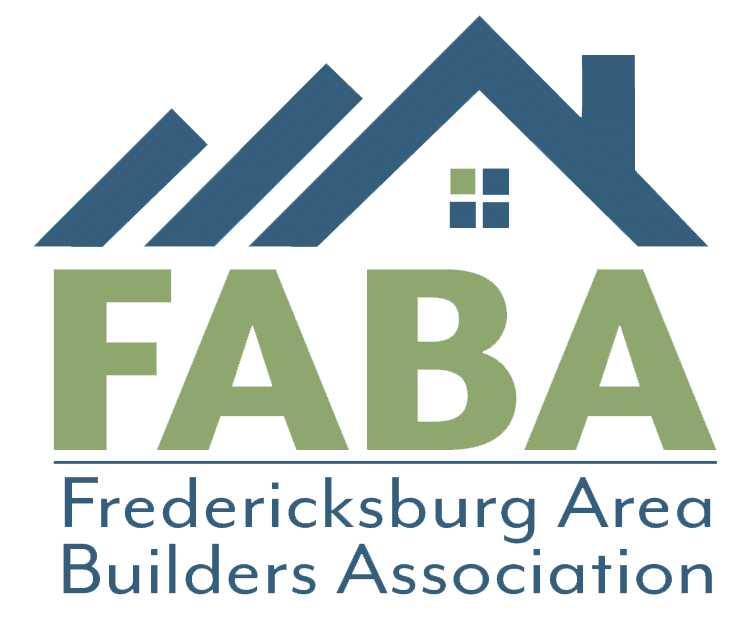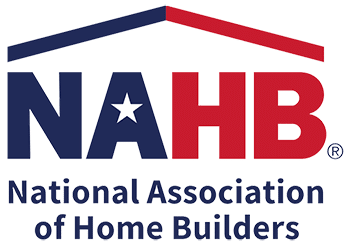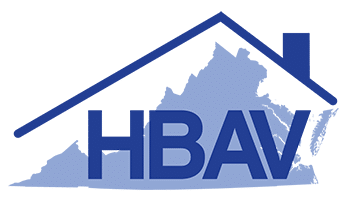Spotsylvania High shop students making skateboards as final project
by Adele Uphaus
Christian Kelley uses a bandsaw to trim a skateboard deck while Edwin Martinez (background) sands the edges of his board during a recent woodworking class at Spotsylvania High School.
photos by MIKE MORONES / THE FREE LANCE-STAR

Christian Kelley uses a bandsaw to trim a skateboard deck while Edwin Martinez (background) sands the edges of his board during a recent woodworking class at Spotsylvania High School. 
Manufacturing teacher Josiah Stinson (left) helps Kristian Trevino figure out the design work for his end-of-the-year skateboard project. 
Spotsylvania High teacher Josiah Stinson helps Nichola Slyke find a skateboard blank. The local builders association and other groups helped fund the project. 
In making a skateboard, students use math, science and art and learn design and manufacturing skills. 
Blank skateboard decks are ready to be cut and transformed into working skateboards in Josiah Stinson’s woodshop class at Spotsylvania High School in Spotsylvania, Va. on Thursday, May 13, 2021. The materials and instructions come from Createaskate.org.
In making a skateboard, students use math, science and art and learn design and manufacturing skills.
Blank skateboard decks are ready to be cut and transformed into working skateboards in Josiah Stinson’s woodshop class at Spotsylvania High School in Spotsylvania, Va. on Thursday, May 13, 2021. The materials and instructions come from Createaskate.org.
Teenagers can get only so excited about making birdhouses and stools, said Spotsylvania High School teacher Josiah Stinson.
“They want to make something that reaches out and speaks to them,” said Stinson, who teaches manufacturing and industrial technology and was named Spotsylvania High’s Teacher of the Year for 2021.
Stinson’s students did make birdhouses and stools earlier this year, but for their end-of-the-year project, they’re making skateboards—a project they self-funded by raising $1,500 selling handmade cutting boards as Christmas gifts.
WATCH NOW: Spotsylvania students build skateboards
“This was about finding a project that connects better with teenagers—that was my goal,” Stinson said. “It’s not only giving them skills, but they can go, ‘Hey, I can put some trucks and wheels on this and I can ride it.’ ”
The students purchased a program called CreateASkate from a nonprofit started by renowned skateboard manufacturer Paul Schmitt, who owns the company PS Stix and is known in the industry as “Professor Schmitt” for his expertise in skateboard design. CreateASkate provides professionally pressed skateboard blanks and a curriculum to schools.
When they build a skateboard, students learn design, engineering and manufacturing skills, and also get an opportunity to apply math, science and art.
“Skateboards have complicated shapes,” Stinson said. “They’re not just flat. They’re bent, laminated pieces of wood, and they have graphics, so kids learn how graphics catch the eyes of skaters. They’re not only building skateboards, but creating a project with an art association.”
There are also business and marketing applications for the skateboard project, Stinson said.
“No one is going to go into business selling birdhouses, but this could be a possible business,” he said.
Stinson is in his first year teaching, after transitioning from an active-duty military career.
All summer, he said, he worried about how he would be able to teach a hands-on skill like manufacturing to students in a virtual environment—not to mention how he would be able to connect with and inspire them from a distance.
“I was fretting, thinking, what am I going to do? What am I going to do?” Stinson said.
The skateboard project is also a product of many local connections and community partners.
A contact at Atlantic Builders put Stinson in touch with the Fredericksburg Area Builders Association, which provided him with an $1,800 grant so he could buy tools for all of his students to take home so they would have something to work with while school was virtual.
“With my budget at the beginning of the year, it was either, do I buy tools or lumber?” Stinson said. “So I said we’re going to build a few things and now find products we’re able to sell to recoup our money and fund an end-of-the-year project.”
In the fall, the Fredericksburg area Lions Club and the Workshop—a Fredericksburg-based woodworking shop that offers classes and woodworking supplies—donated additional funds and materials so Stinson’s students could make cutting boards to sell.
Local heating and cooling company Loving Air purchased 35 of the cutting boards to give employees as Christmas gifts and the funds raised allowed Stinson to purchase the CreateASkate program for his students.
Stinson hopes the skateboard project will lead to more community partners interested in working with the school division to help teach applicable skills to students.
“I’d like the general public be more aware of the skills that I’m trying to teach in these technology education classes,” he said.







